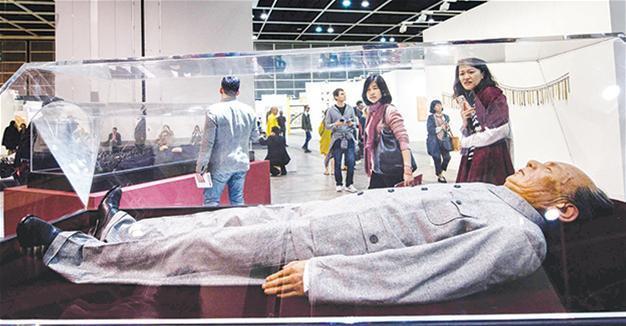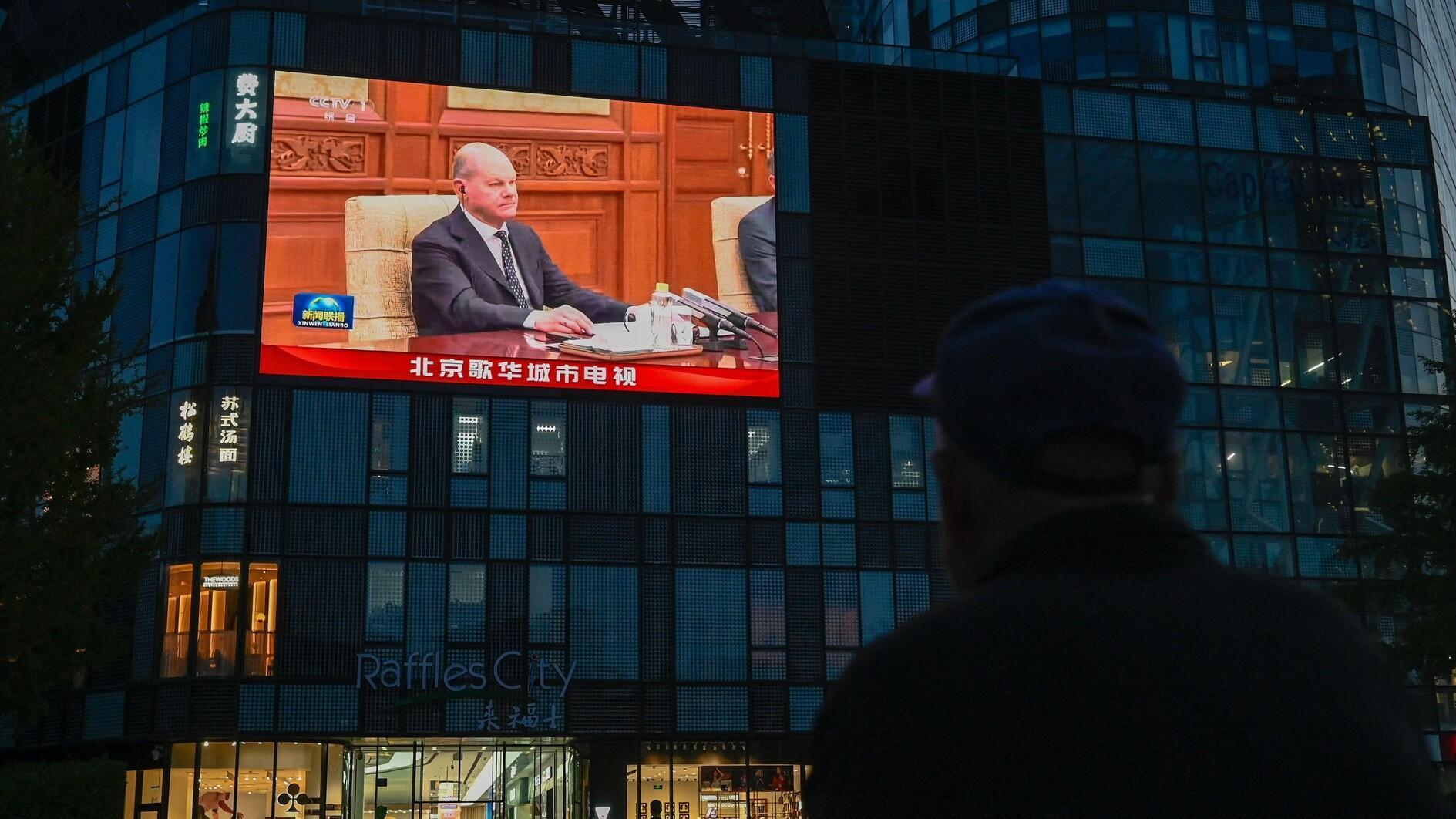Dead dictators draw Hong Kong art lovers
HONG KONG - Agence France-Presse

AFP photo
A “breathing” Fidel Castro is among several ex-communist leaders gathered in Hong Kong this week, one of the world’s centers of capitalism, as part of a cheeky exhibition at Art Basel.Lifelike replicas of Mao Zedong, Vladimir Lenin, Kim Il-Sung, Ho Chi Minh and the former Cuban leader are lying in state in the city’s harborfront convention center, drawing curious, smartphone-snapping art enthusiasts.
Made from acrylic and silica gel and dressed in their signature uniforms, all lie in glass coffins, except for Castro, who can be seen “breathing” almost imperceptibly on his deathbed.
The installation, called “Summit,” was created by Chinese artist Shen Shaomin who said the work was conceived as a response to the global financial crisis of 2008.
It was originally commissioned for the Sydney Biennale contemporary art festival in 2010 when Castro was still alive as an imaginary meeting of former dictators to parody the now defunct G8 grouping of wealthy industrialized nations.
“Many Western scholars have become suspicious about capitalism, and compared and discussed theories of communism, so I have created the ‘G5’,” Shen said at the Hong Kong fair.
“People from different countries, different cultural backgrounds, different experiences have their own ways to interpret it,” said Shen, who jokingly inserted his iPhone into Castro’s hand.
Gallerist Agnes Lin, who is representing the work at Art Basel, said she had been doubtful whether the exhibit would be allowed into semi-autonomous Hong Kong, where concerns are growing that China is tightening its grip.
Mao remains a controversial figure on the mainland and there is general sensitivity about his image there.
Despite that, Mao’s replica and the other bodies were made in Beijing, where Shen has a base. “[Art Basel] really fought hard to have this piece in. “I think Hong Kong is still free ... we can still have the freedom to show this work and I’m so happy about that,” Lin said.
Shen said the bodies took a team of seven to eight artisans six months to create after intensively studying the leaders’ appearances, from their moles to their hair.
“It makes people want to learn more about them,” said Tiernan Breen, 18, a student from Fiji browsing Art Basel. “You ask yourself questions which you wouldn’t ask if you hadn’t actually seen them.”
Shen is not expecting a private collector to take home the bodies, but hopes the work finds a place in a museum.
Since the Sydney Biennale, the installation has toured museums in Singapore and France.
“It’s very unique, I love it ... You get goosebumps, you know? All good old boys,” said Nesli Vetter, 54, visiting Art Basel from Germany.
















